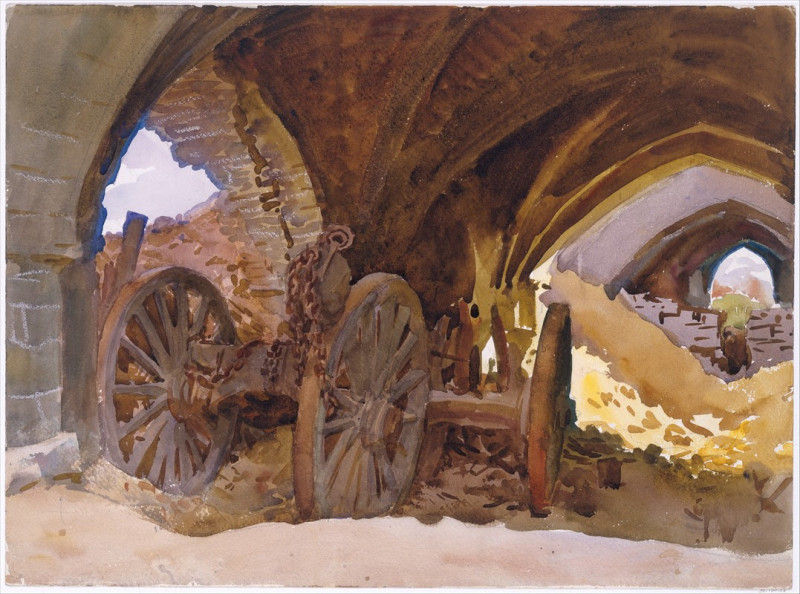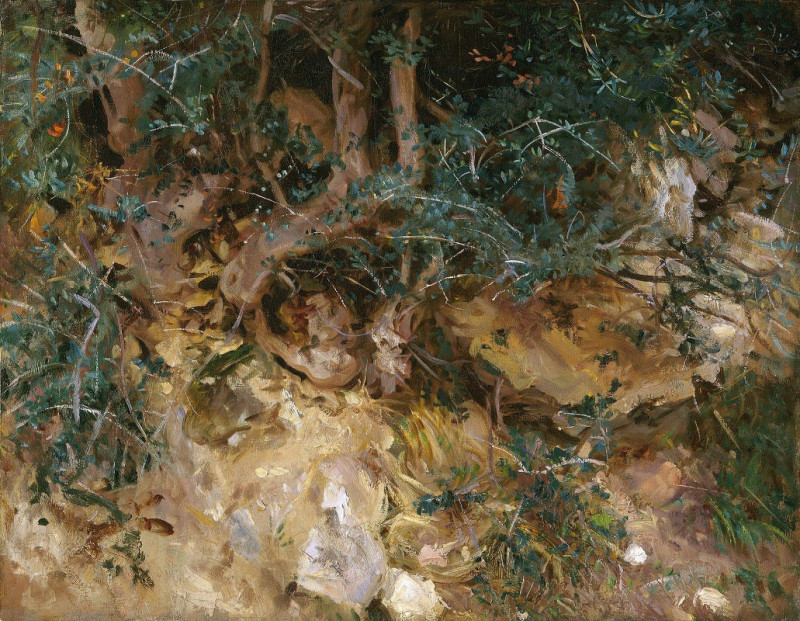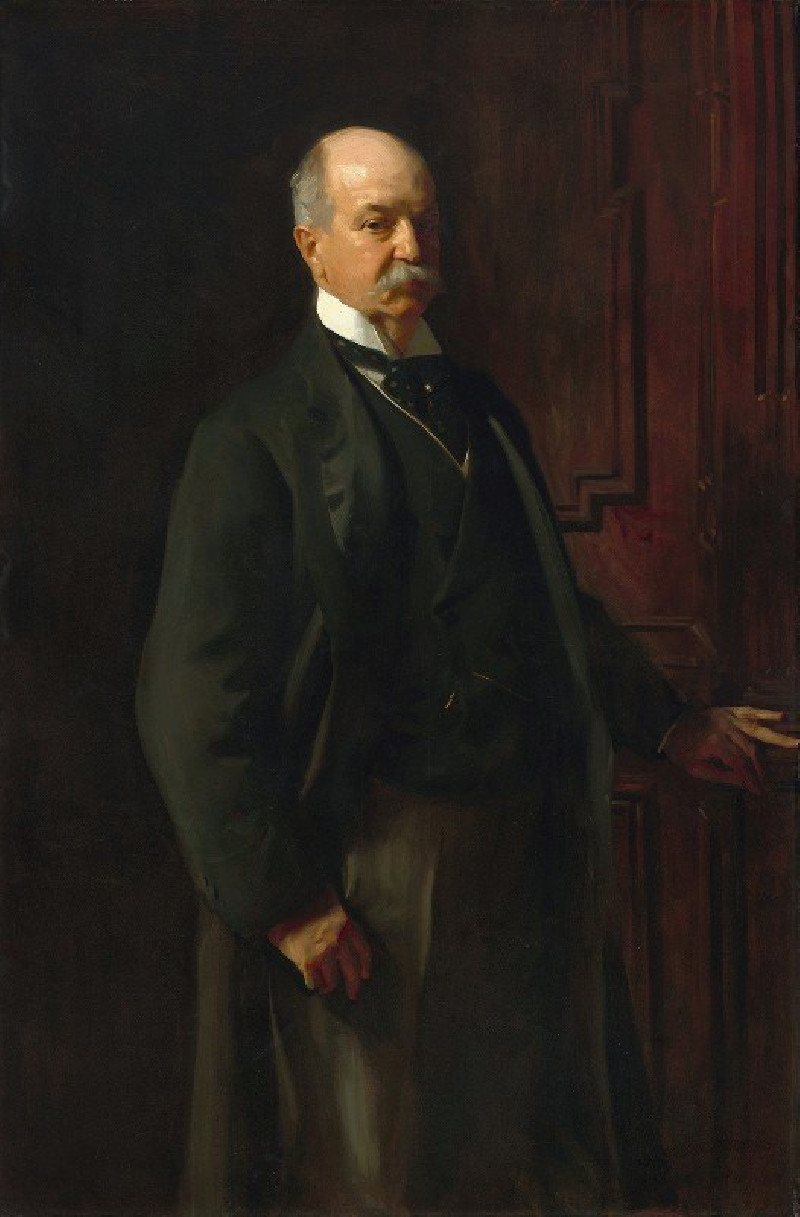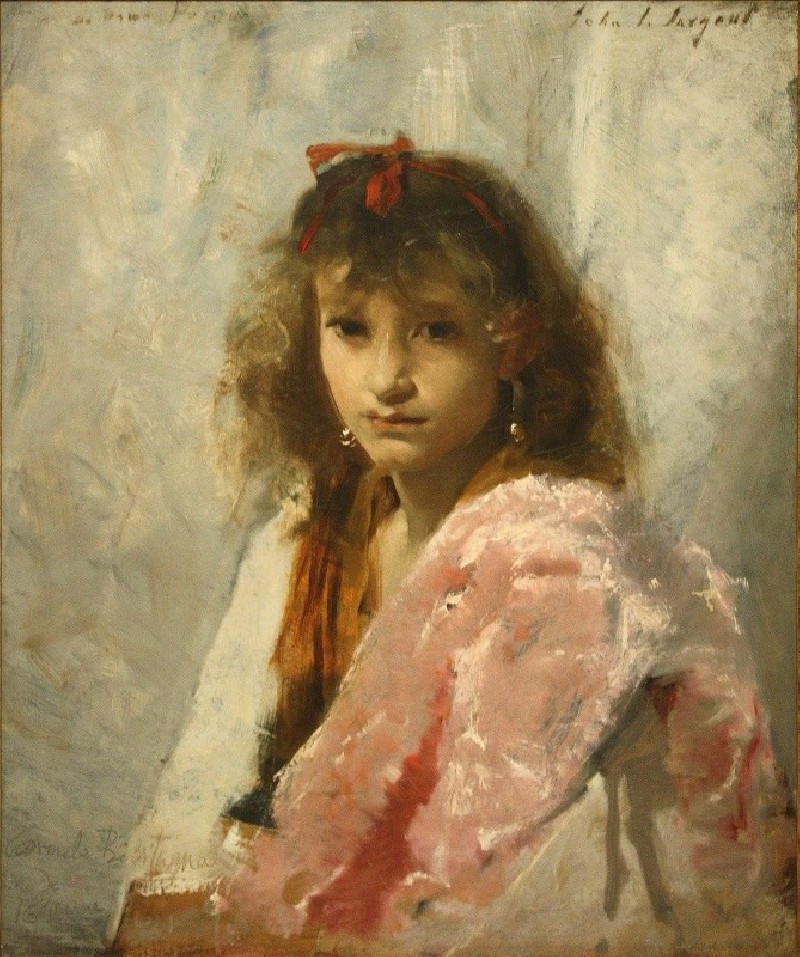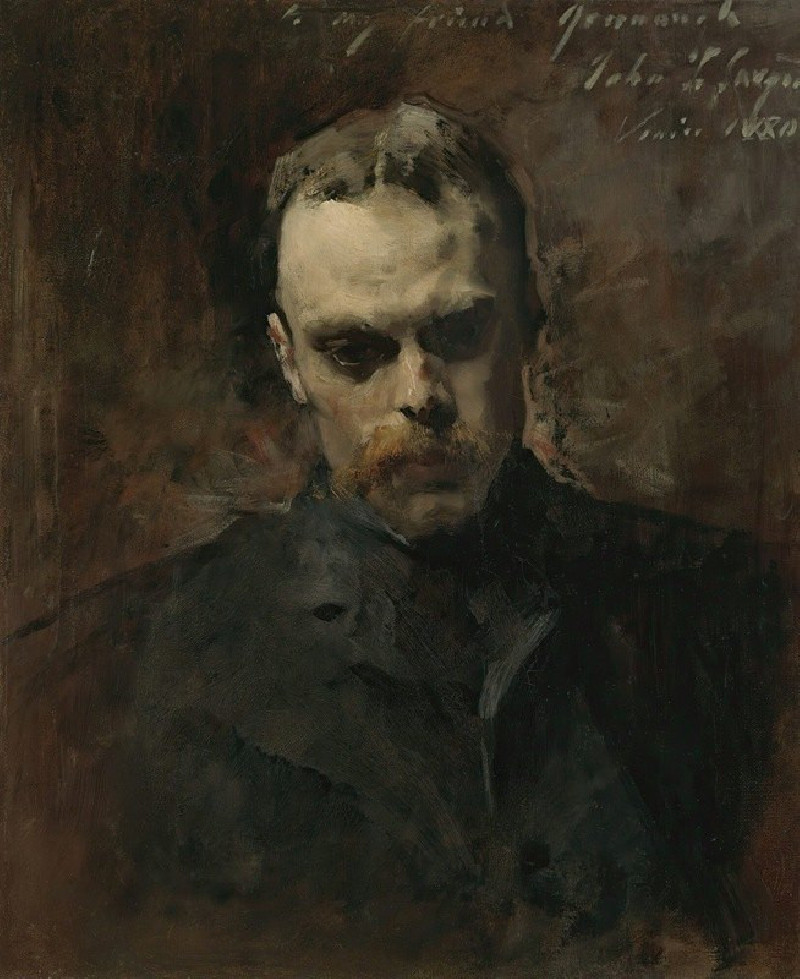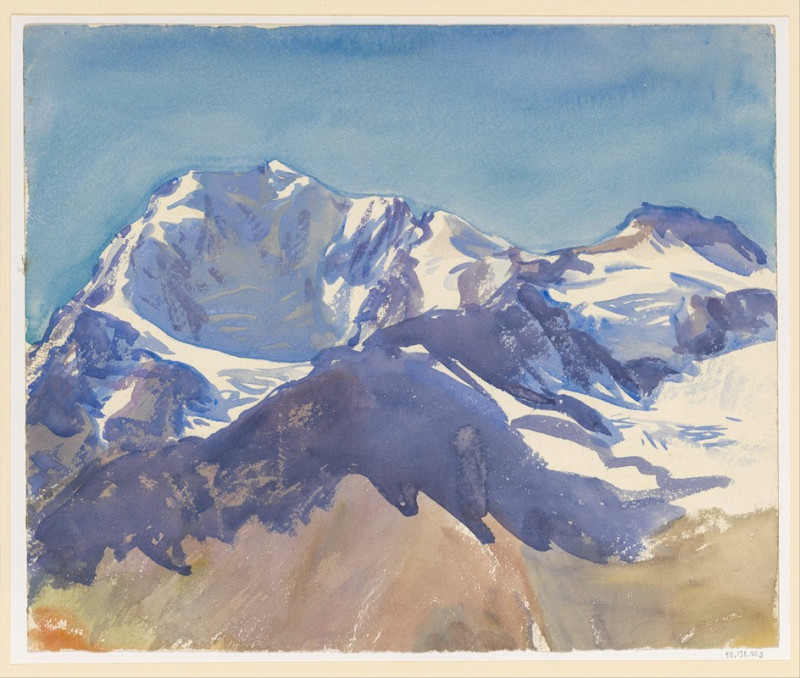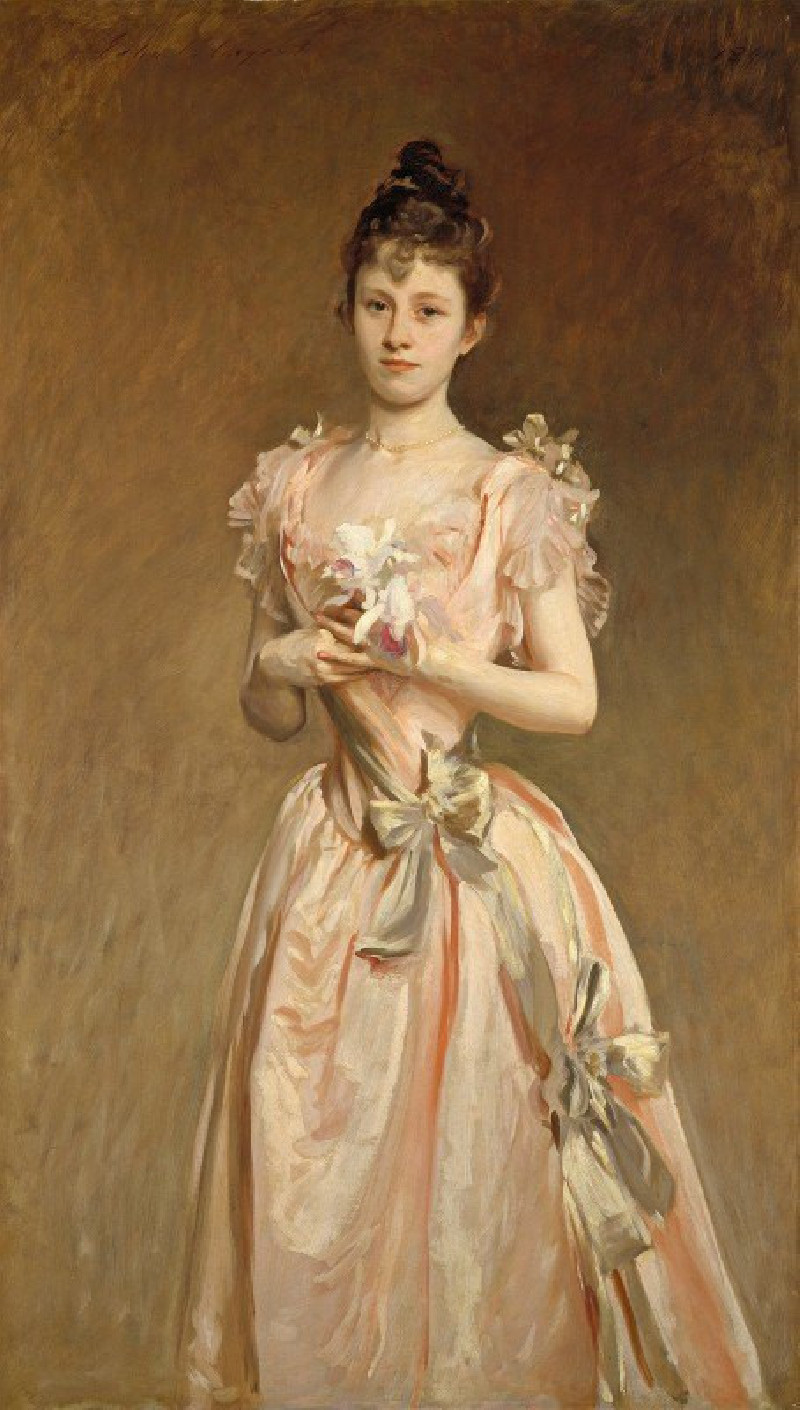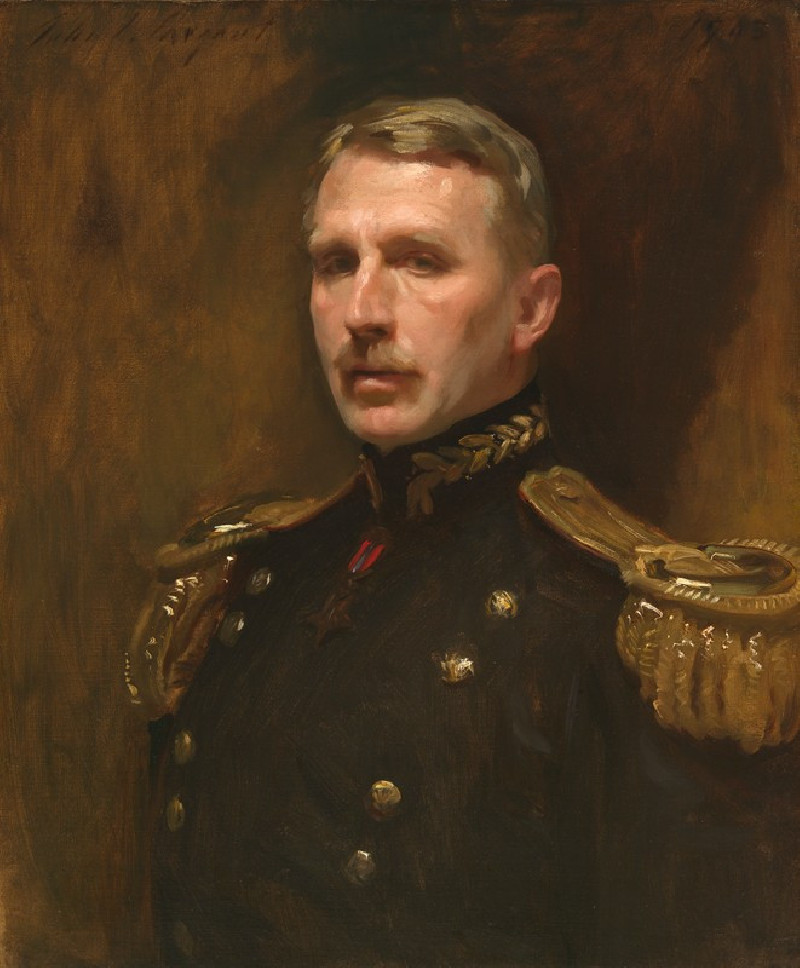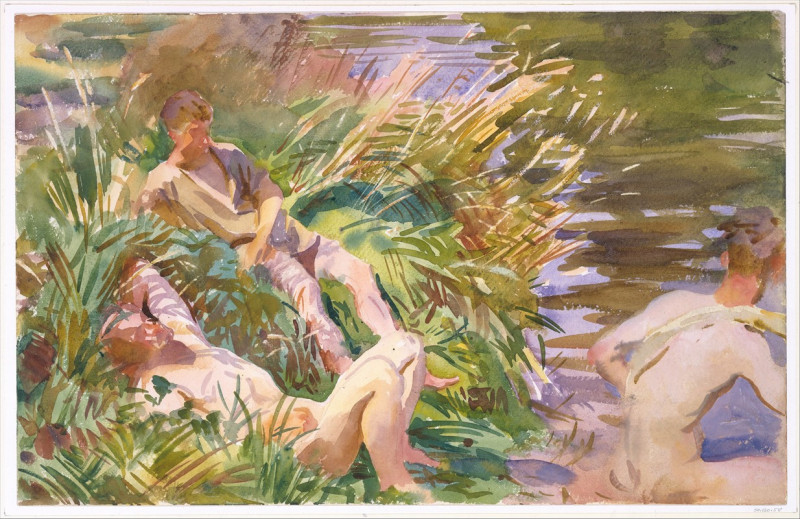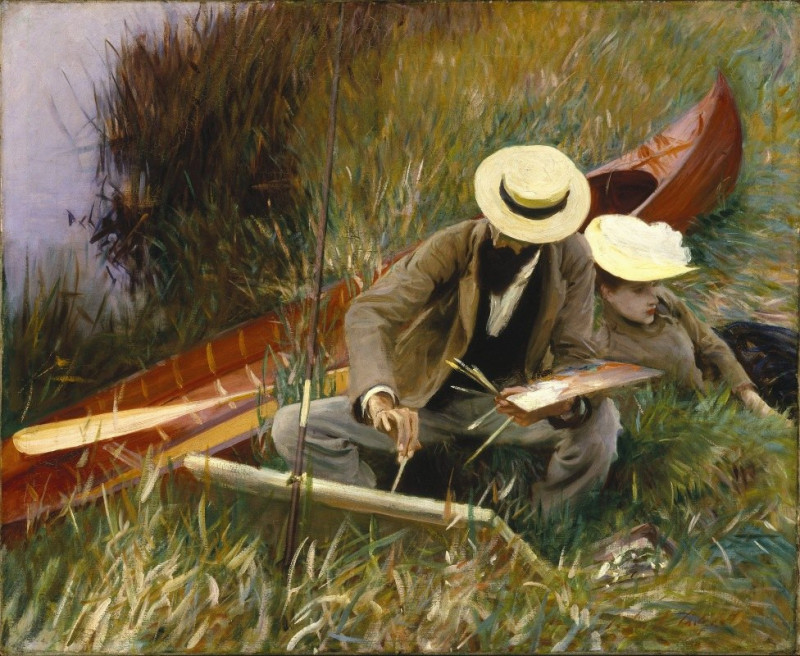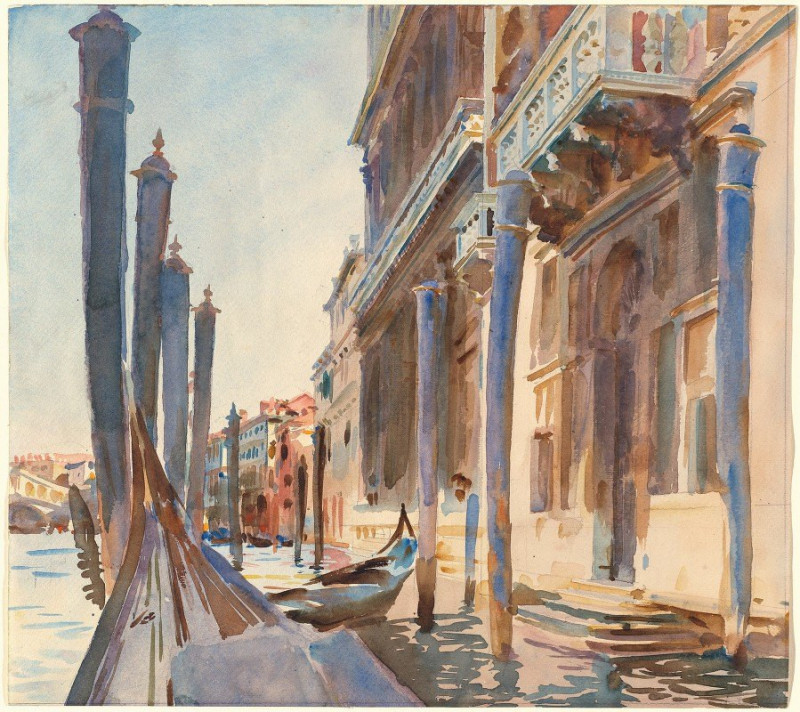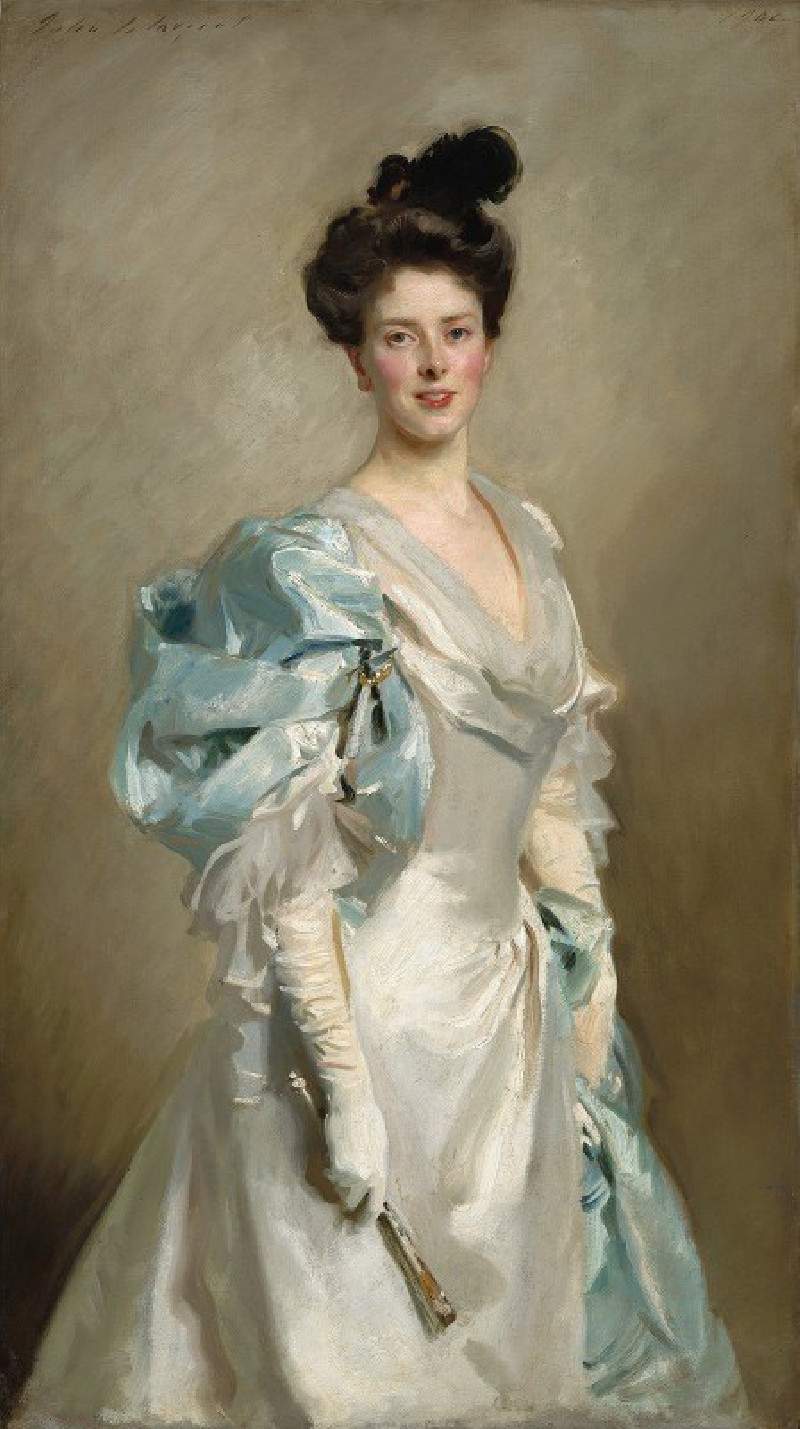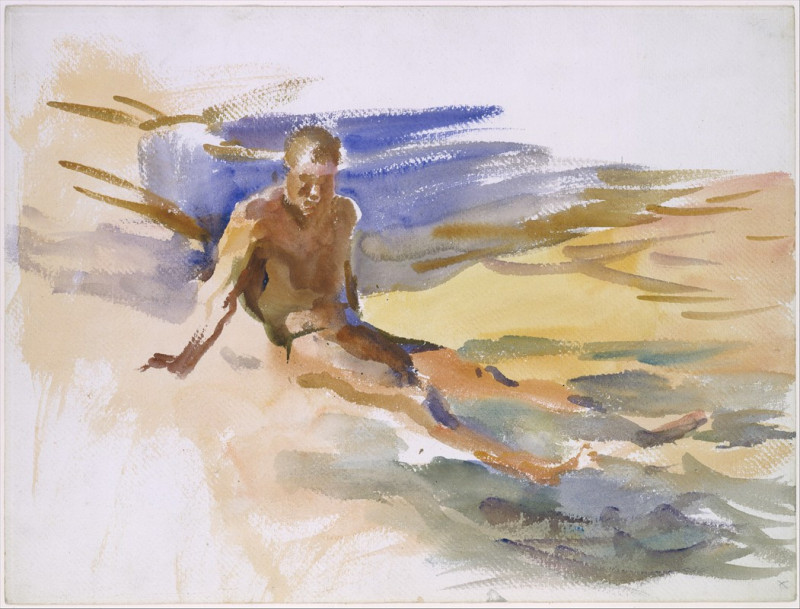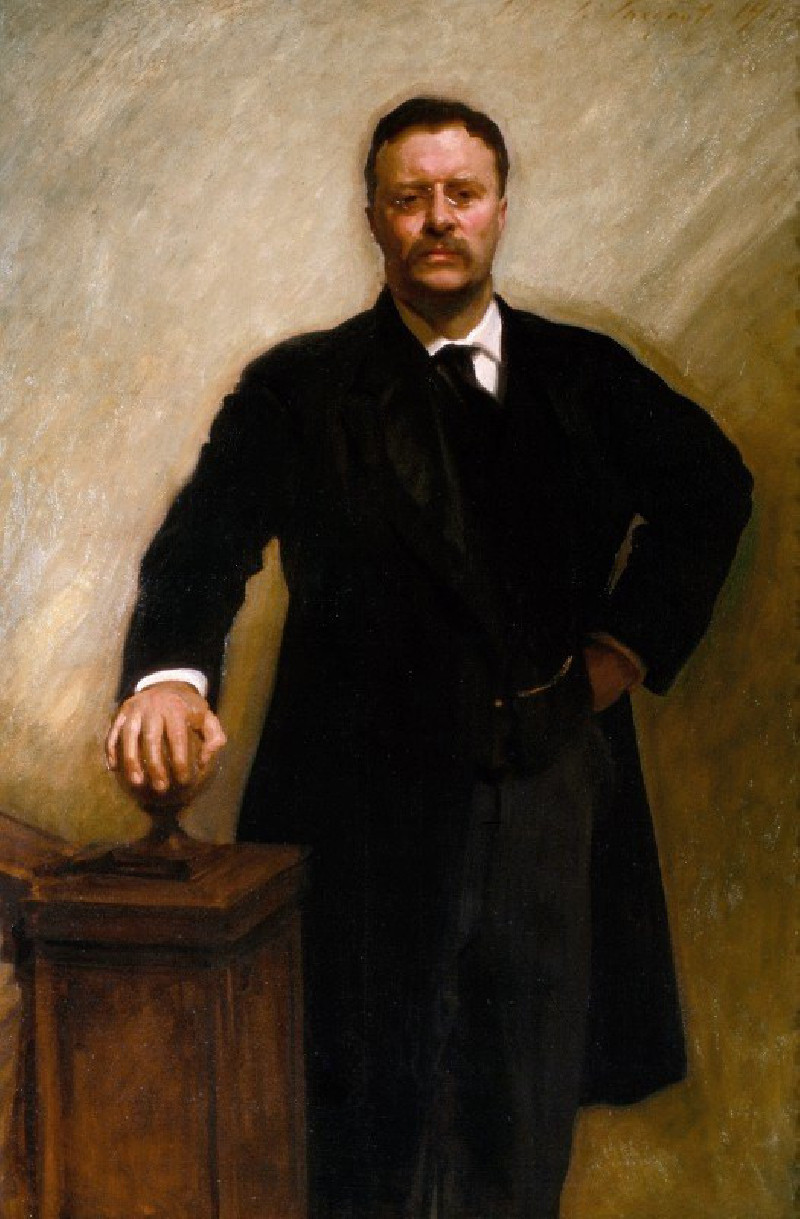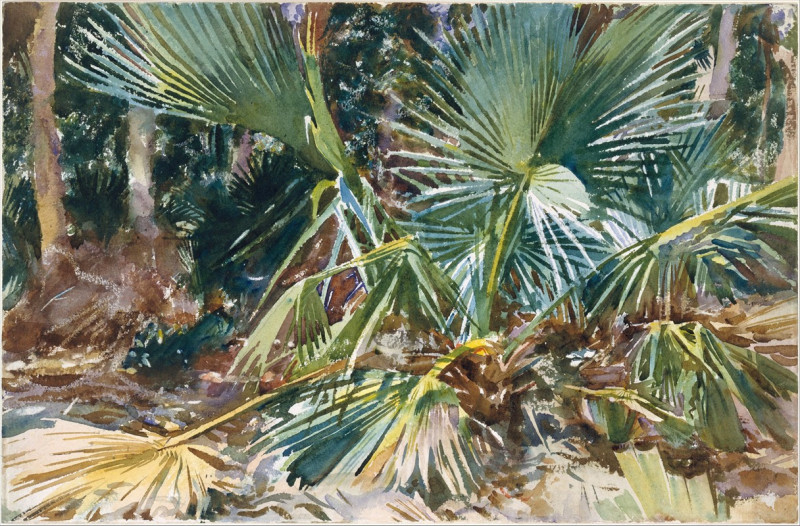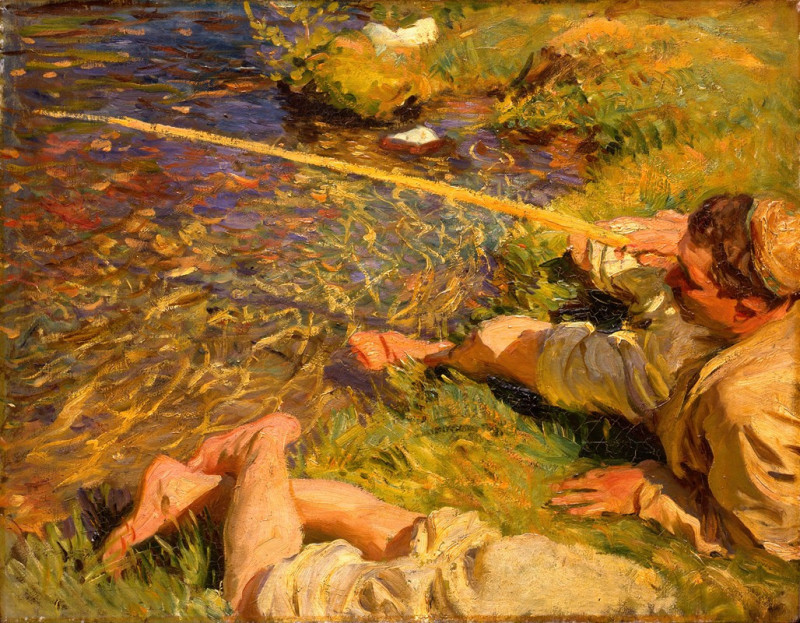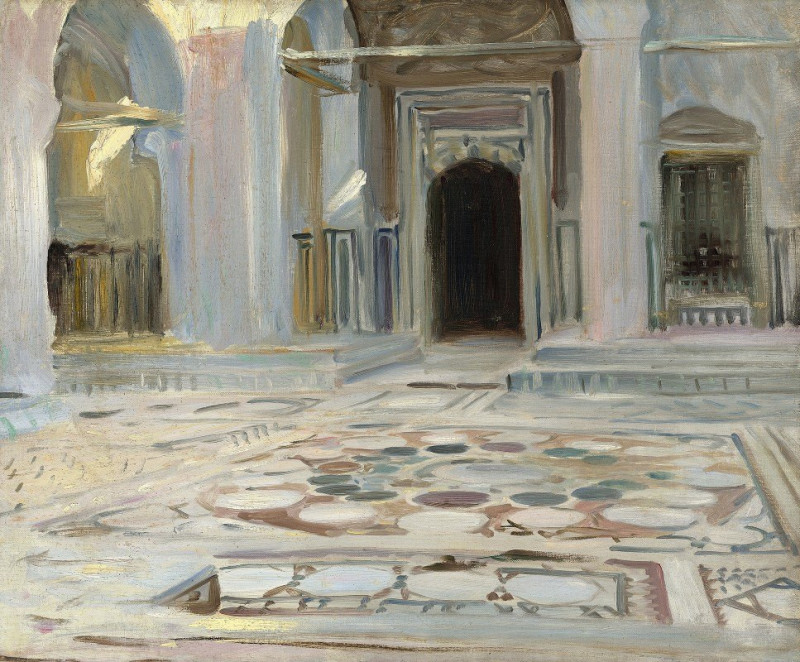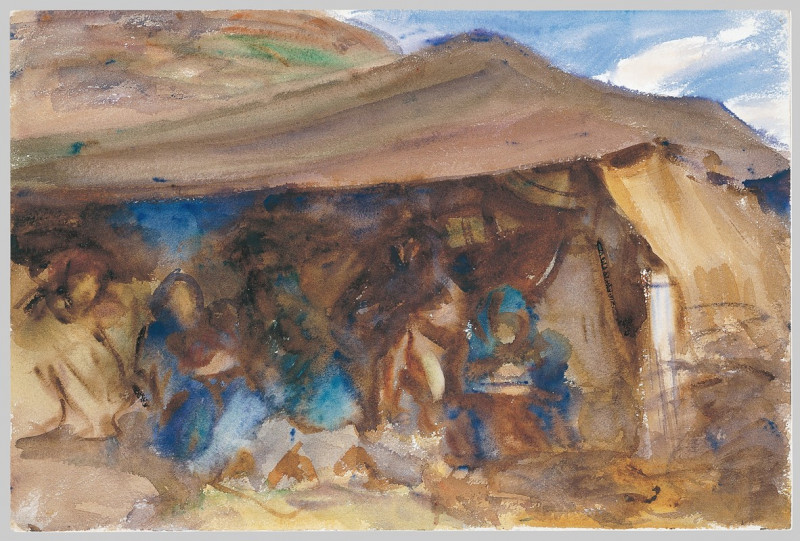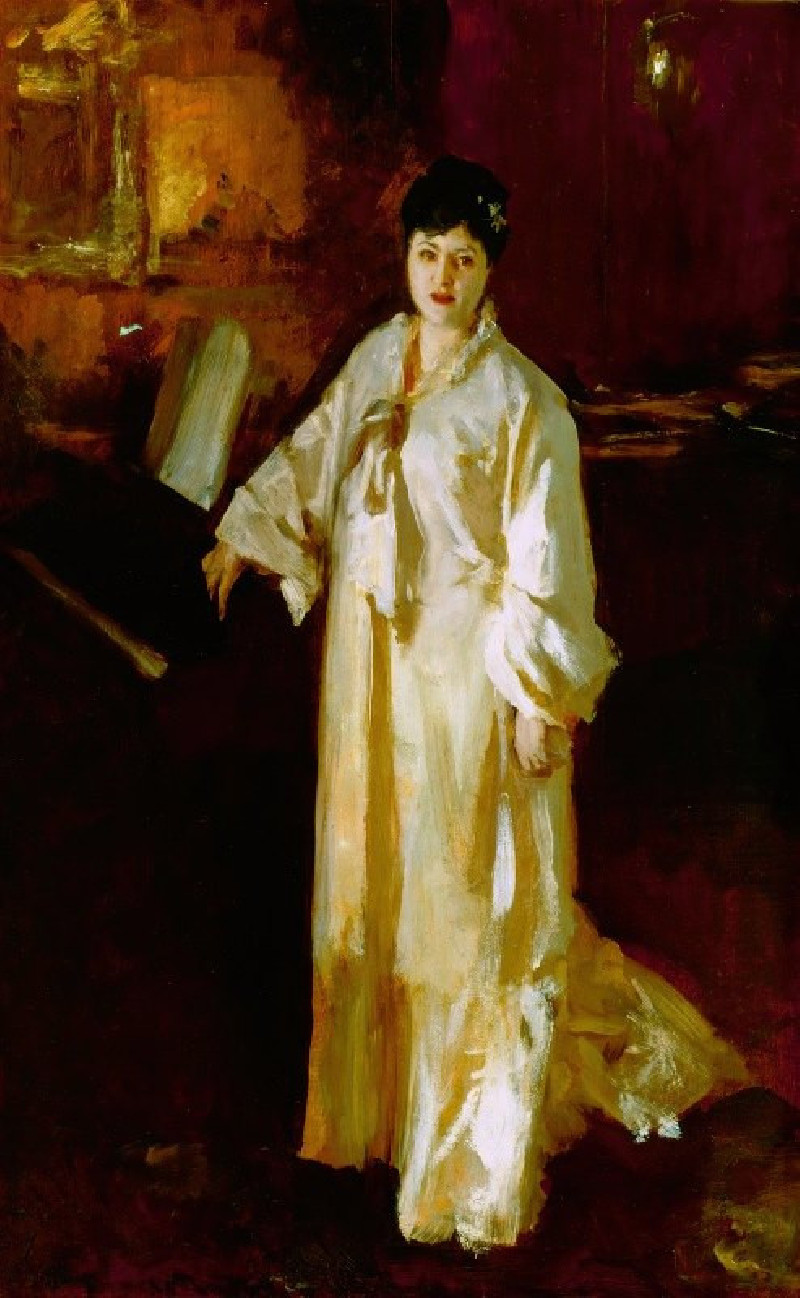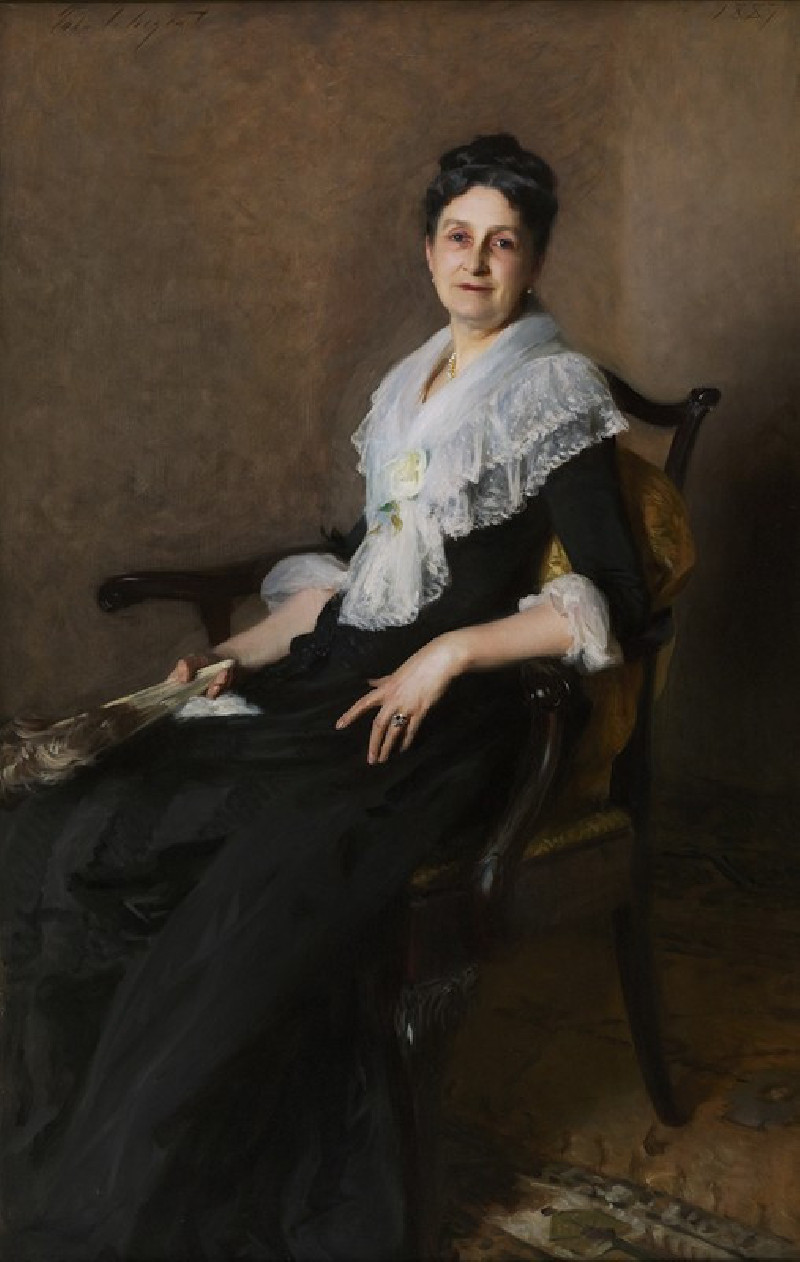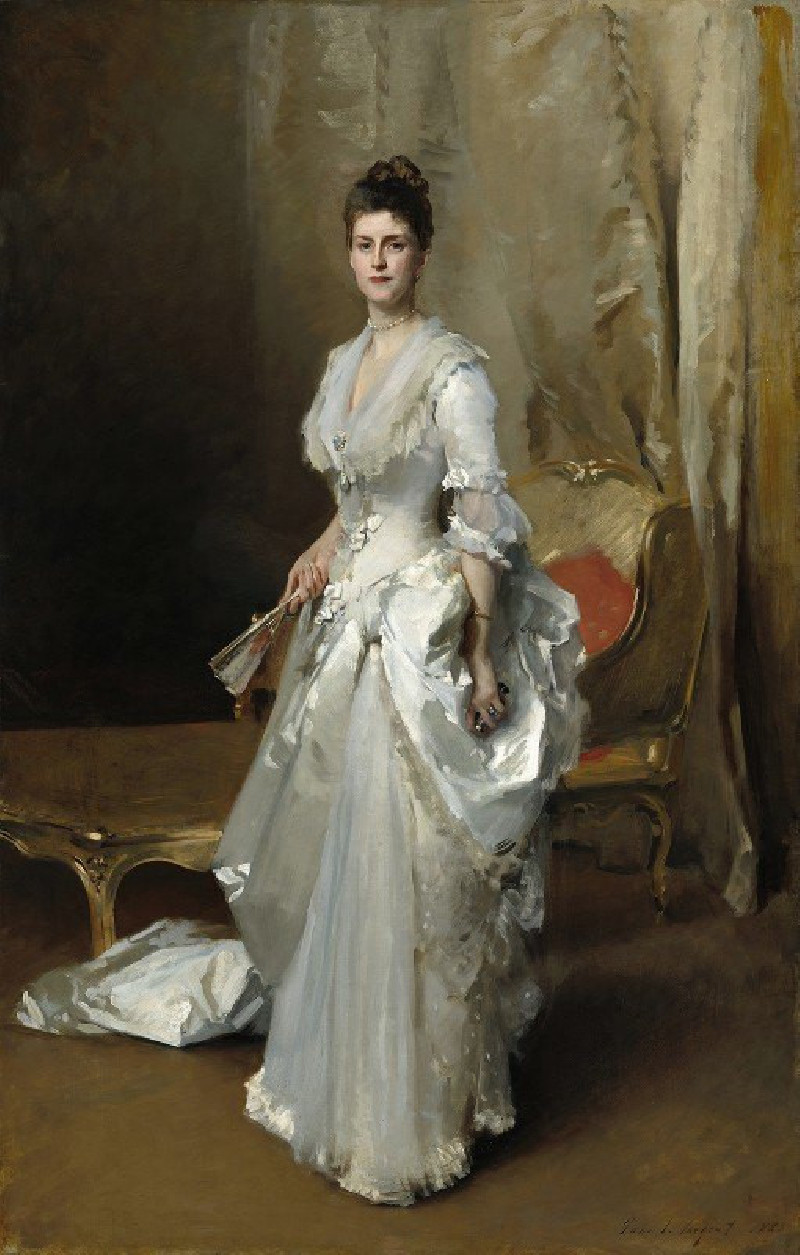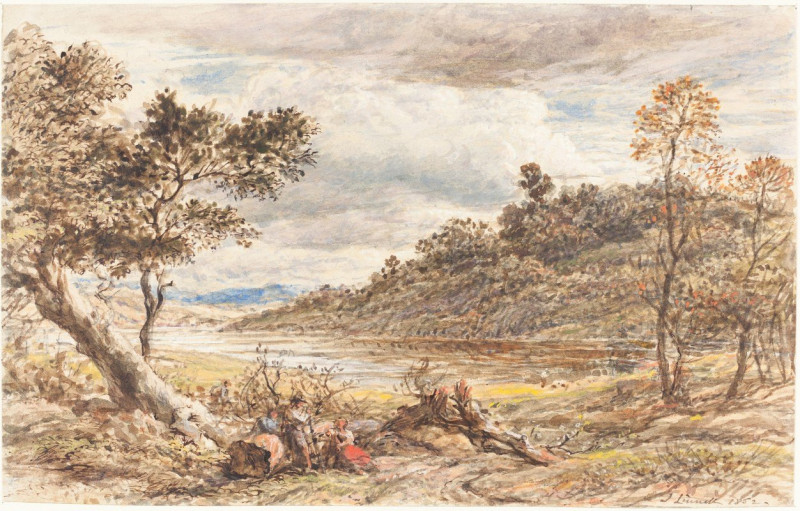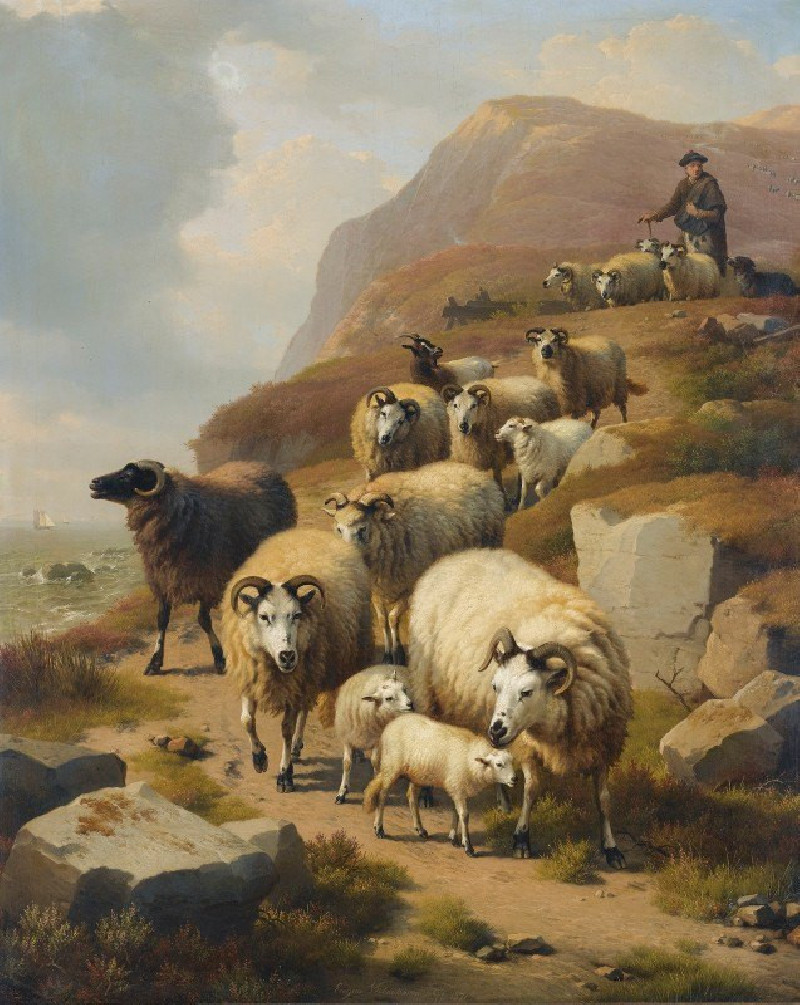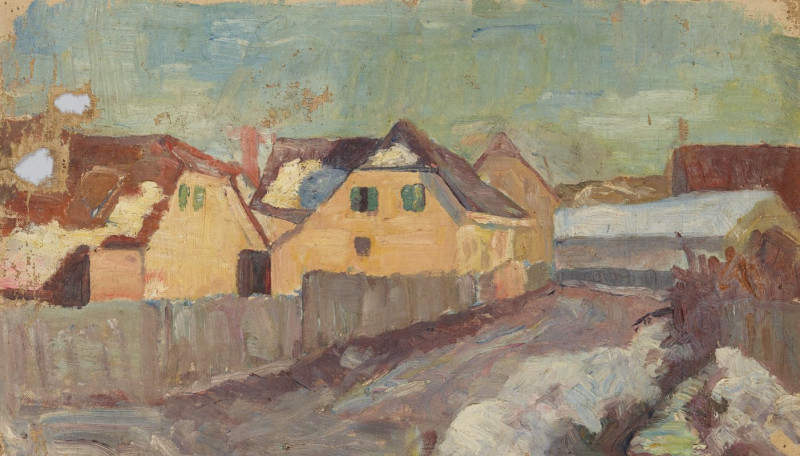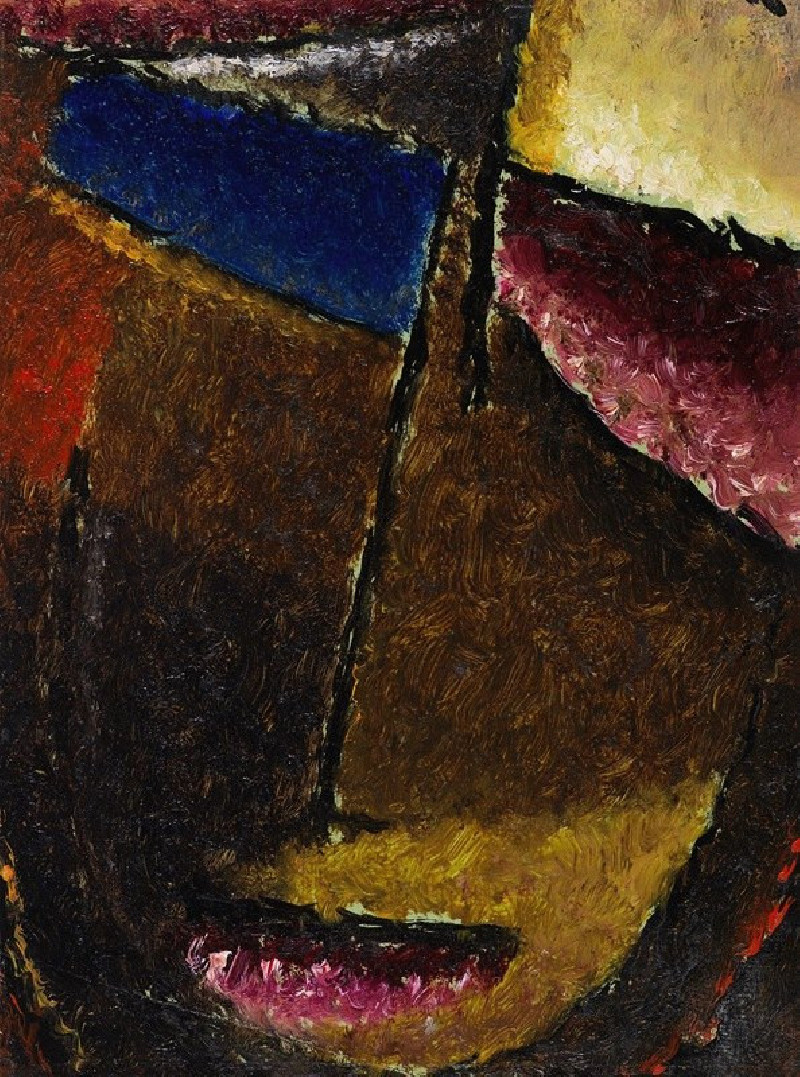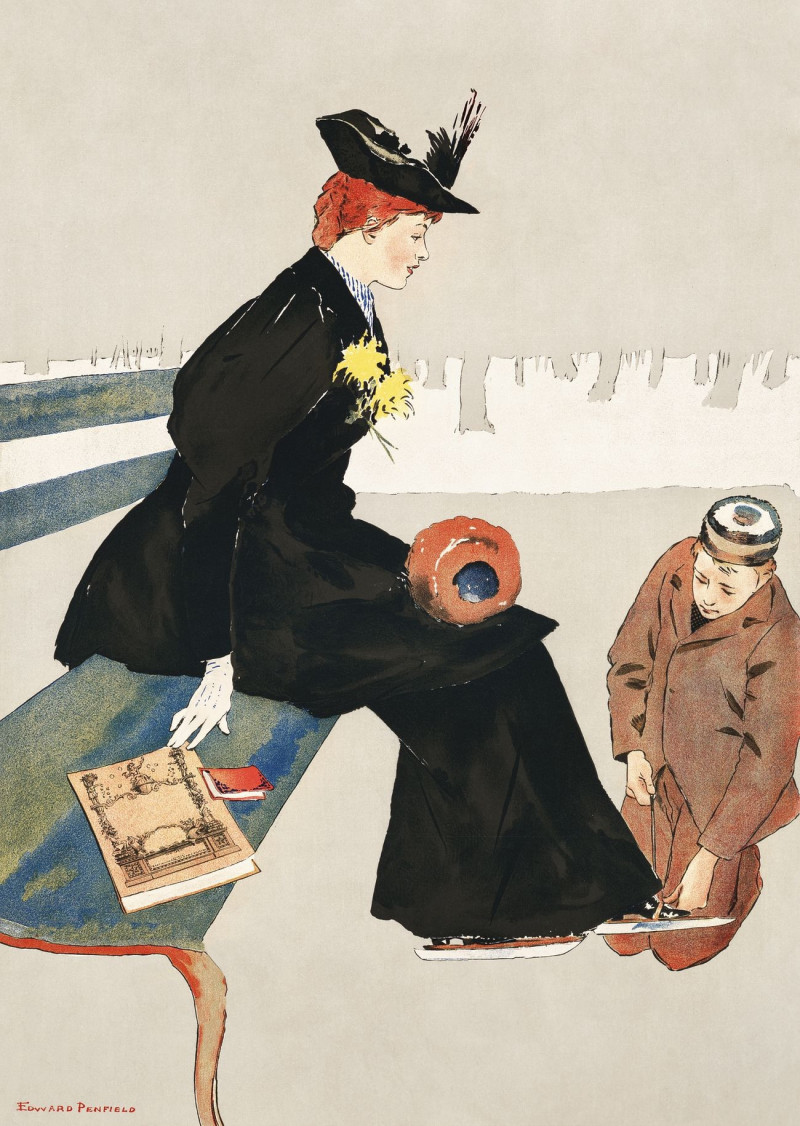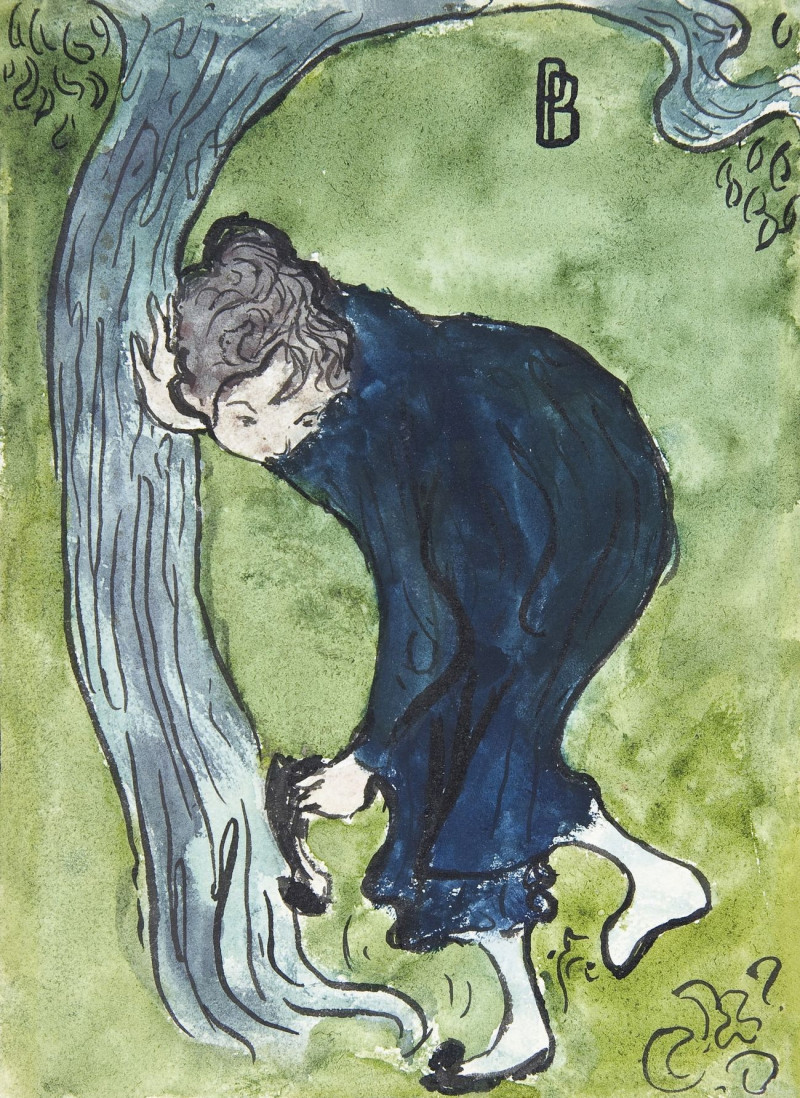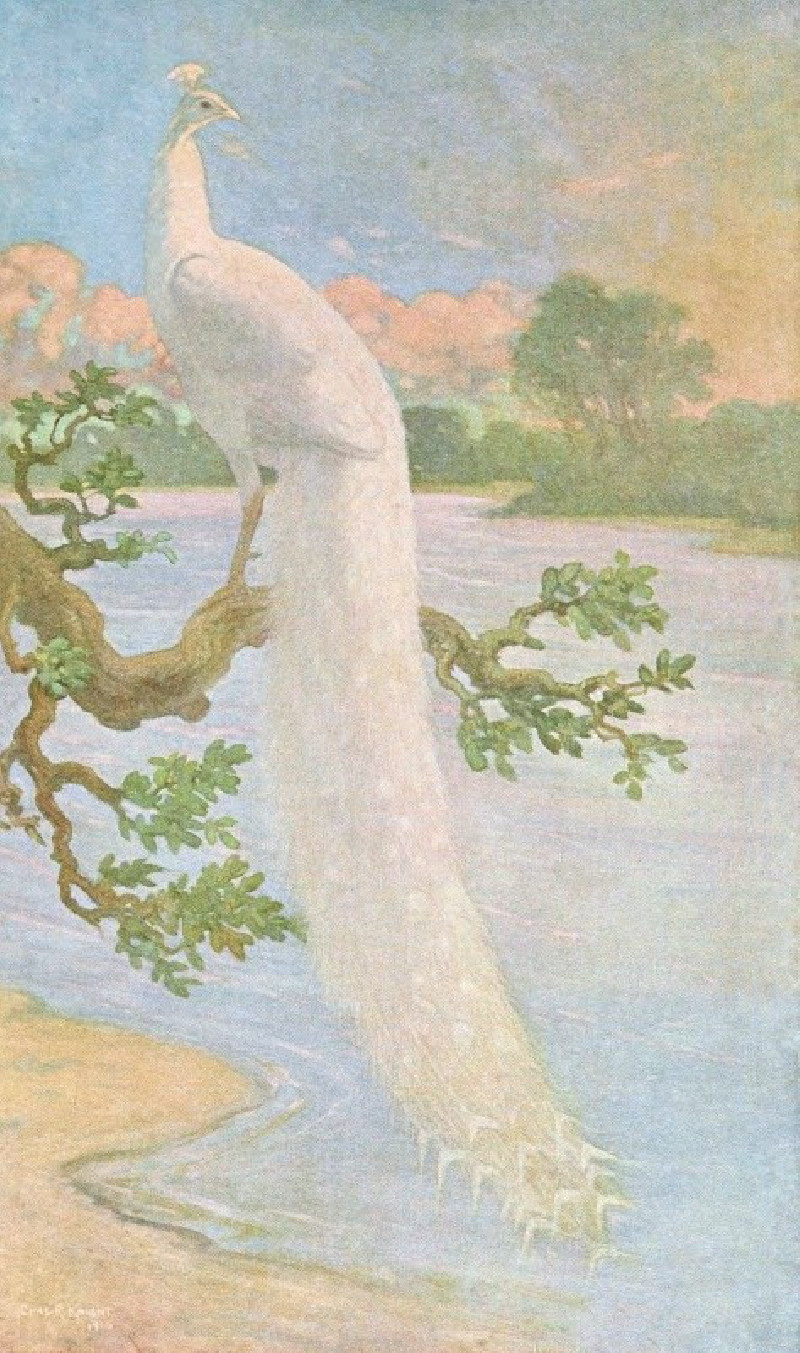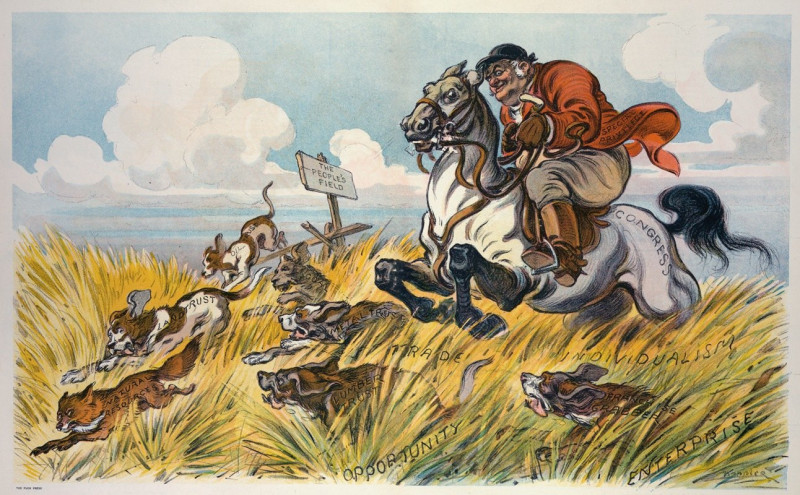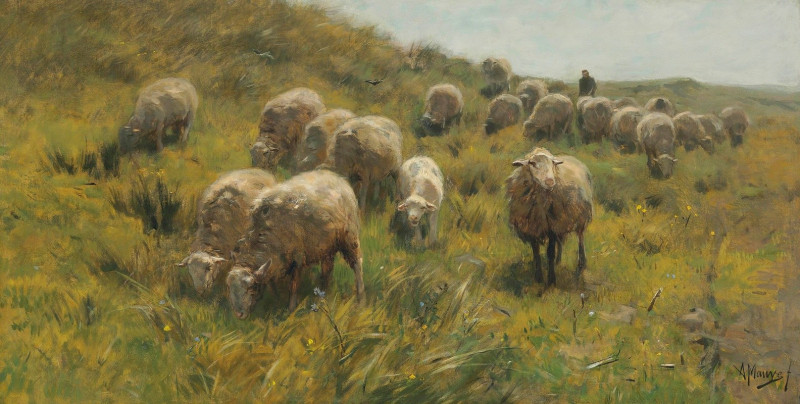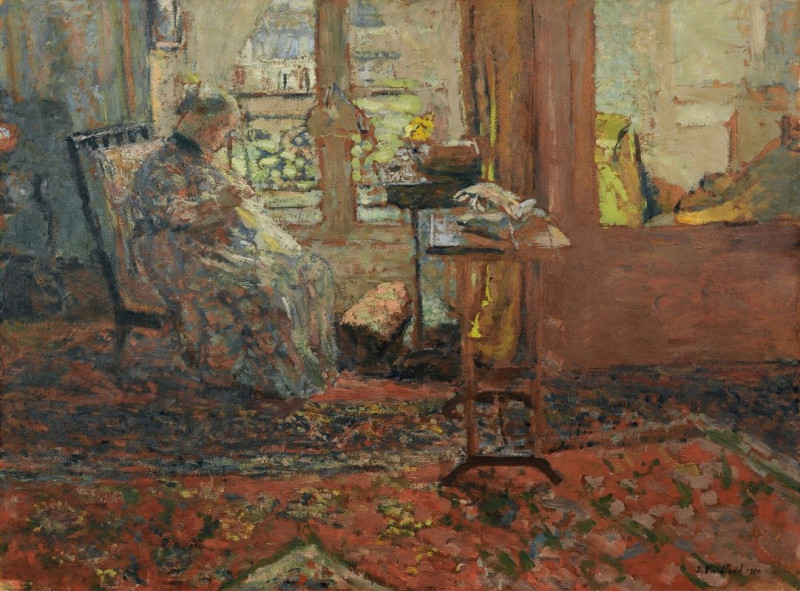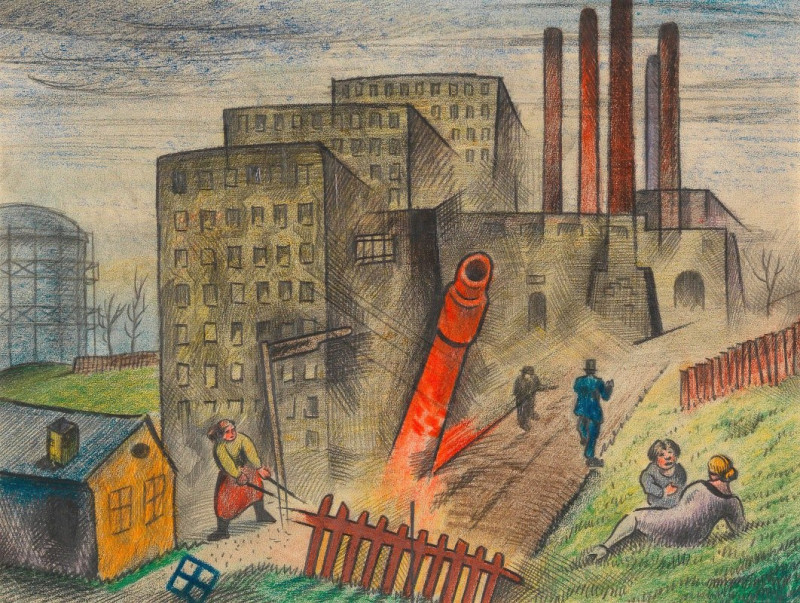Wheels in Vault (1918)
Technique: Giclée quality print
Recommended by our customers
More about this artwork
John Singer Sargent, a revered artist known primarily for his masterful portraits, often ventured into landscapes and other motifs, which revealed his versatile command of watercolor. "Wheels in Vault" painted in 1918 is a splendid example of his work in this medium, showcasing both his technical skill and deep sensitivity to his subjects.This painting captures a serene yet somber scene set within an aged stone vault, presumed to be part of an old monastery or similar historical structure. The focal points of the piece are the large wooden wheels, possibly from a cart, which rest against one another, abandoned and seemingly forgotten. The wheels themselves are a marvel of rustic carpentry, richly textured and detailed, drawing the viewer’s eye into their intricate spokes and sturdy frames.Sargent’s use of watercolor in "Wheels in Vault" is particularly notable for its dynamic range of color and light. The vaulted ceilings and archways are rendered in warm browns and oranges, suggesting the passing of time and the decay that has touched this once bustling place. Light streams in from the openings, casting patterns on the ground and illuminating parts of the wheel and the surrounding stones, contributing a sense of atmospheric depth and quiet drama.Through the arches, a glimpse of the outside world hints at life beyond the vault, with softer, cooler tones contrasting sharply with the warmth inside. This interplay of light and architecture invites contemplation about history, preservation, and the beauty found in objects left behind."Wheels in Vault" is not just a display of technical prowess but also a meditation on themes of neglect, memory, and the passage of time.
Delivery
Returns
Born in Florence to American expatriate parents, John Singer Sargent (1856–1925) is considered Europe's leading portrait painter of the Edwardian era. He was educated at both Accademia delle Belle Arti and Paris's École des Beaux Arts. While in Paris, under the guidance of Émile–Auguste Carolus–Duran, a portraitist and muralist, Sargent learned to paint directly from observation without first sketching, employing a fluidity, influenced by the Impressionists. Sargent created more than 2,900 paintings, mainly portraits and landscapes from his travels across the Atlantic, Europe, the Middle East and America.

